In the reaction sequence :

A

B

C

D

Text Solution
The correct Answer is:B
Copper (1) salts have a remarkable effect on organometallic reagents. Grignard reagents add directly to the carbonyl group of a, B-unsaturated aldehydes and ketones to give allylic alcohols : you have seen several examples of this, and you can now explain it by saying that the hard Grignard reagent prefers to attack the harder C=O rather than the softer C=C ectrophilic centre. Here is a further example - the addition of MeMgBr to a cyclic ketone to give an allylic alcohol, plus, as it happens, some of a diene that arises from this alcohol by loss of water (dehydration). Below this example is the same reaction to which a very small amount (just 0.01 equivalents, that is 1%) of copper(I) chloride has been added. The effect of the copper is dramatic : it makes the Grignard reagent undergo conjugate addition, with only a trace of the diene.
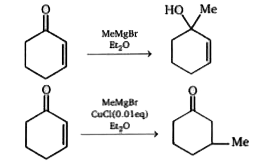
Organocopper reagents undergo conjugate addition:
The copper works by transmetallating the Grignard reagent to give an organocopper reagent. Organocoppers are softer than Grignard reagents, and add in a conjugate fashion to the softer C=C double bond. Once the organocopper had added, the copper salt is available to transmetallate some more Grignard, and only a catalytic amount is required.
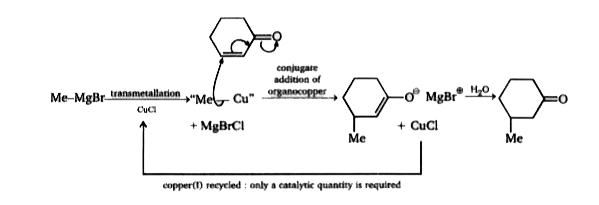
|
Similar Questions
Knowledge Check
The product (B) of the reaction sequence is:
 A
A B
B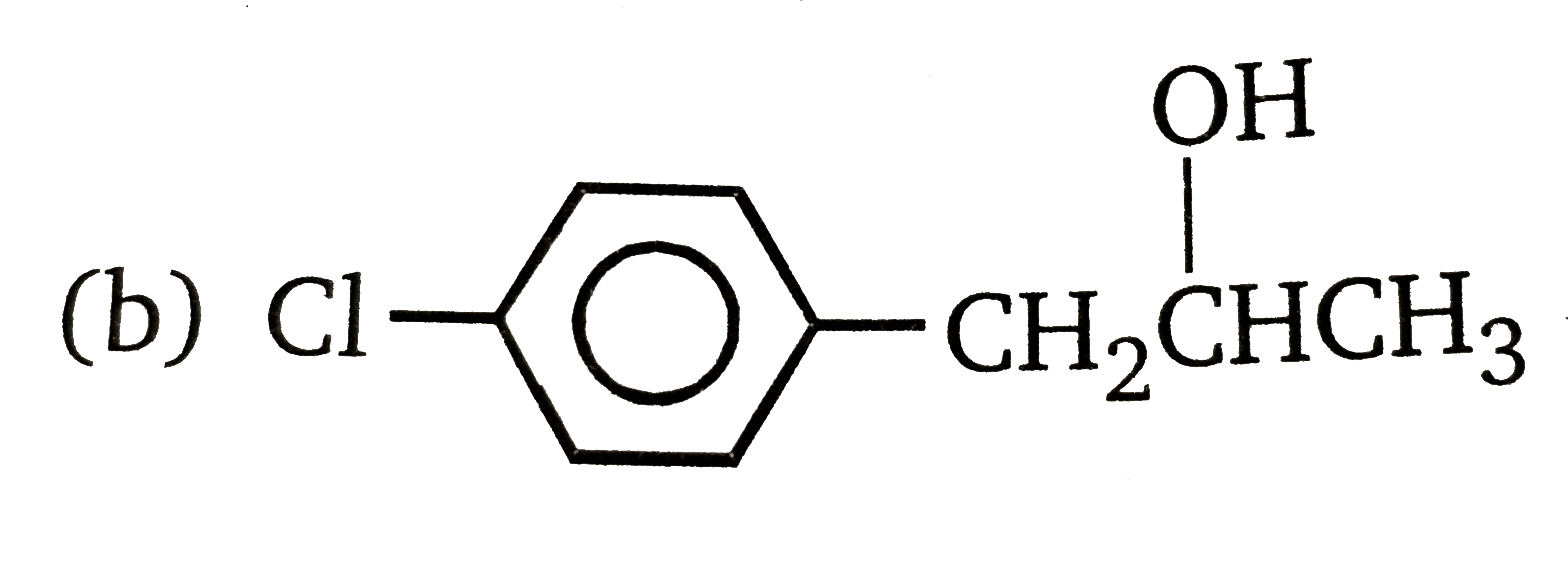 C
C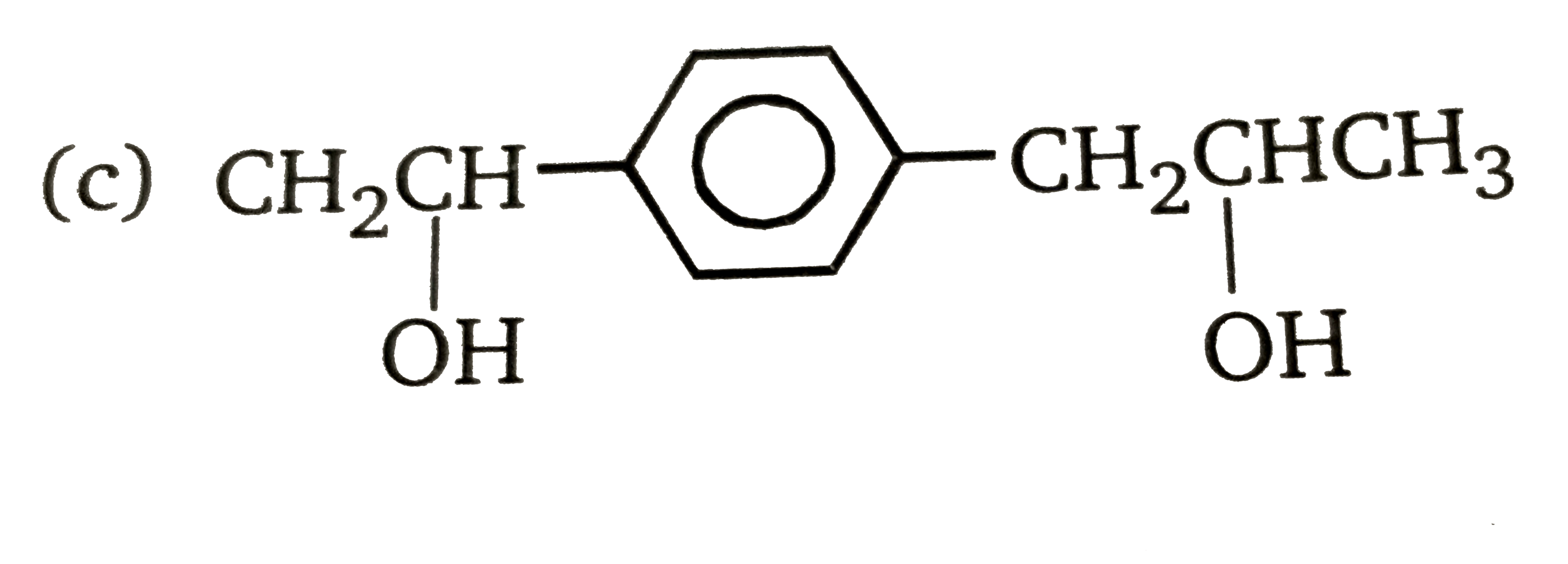 D
D
The end product (B) of the reaction sequence
 is .A
is .A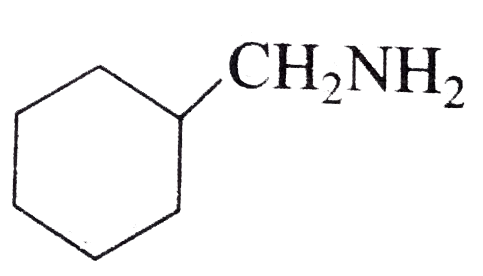 B
B C
C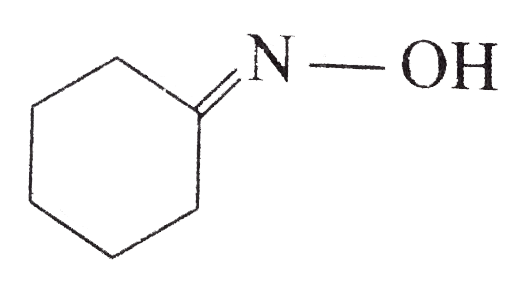 D
D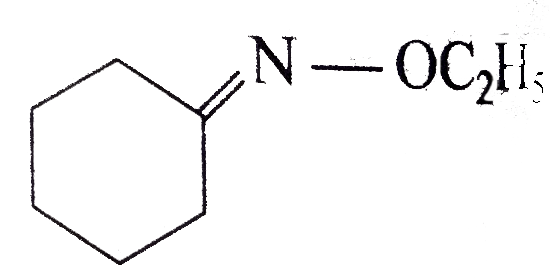
The end product (B) of the reaction sequence
 .A
.A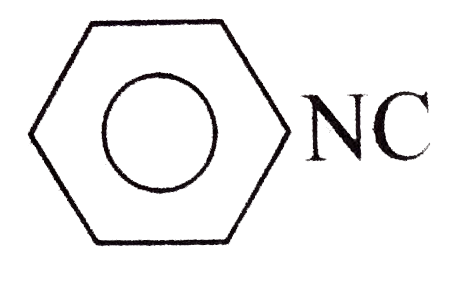 B
B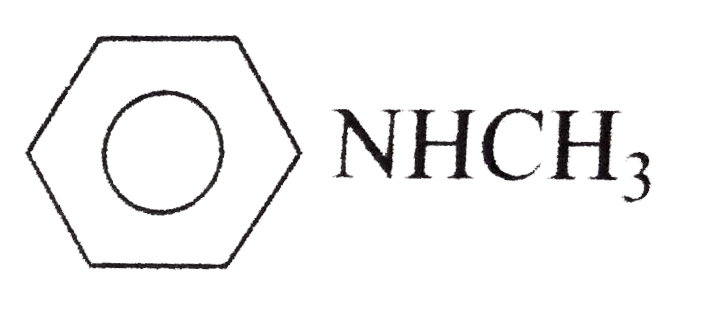 C
C D
D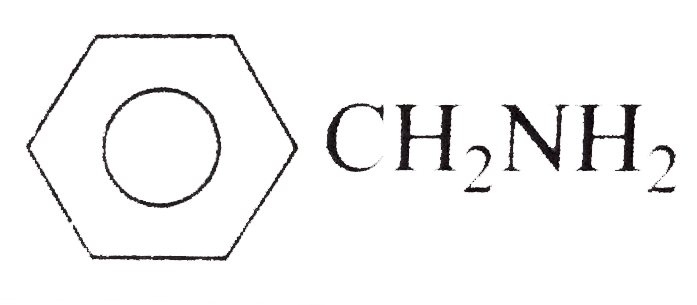
Consider the reaction sequence below:
_E01_318_Q01.png)
View SolutionWhat is the product of the reaction sequence?

View SolutionConsider the reaction sequence below:
_E01_318_Q01.png)
View SolutionConsider the reaction sequence below :

View SolutionConsider the following reaction sequence. The final product of this reaction sequence is

View Solution
